How to Calculate Glycemic Load: A Comprehensive Guide to Understanding GL
What is glycemic load. How does it differ from glycemic index. How to calculate glycemic load. What foods have low and high glycemic loads. How does the glycemic load calculator work.
Understanding Glycemic Load: Definition and Importance
Glycemic load (GL) is a numerical value that estimates the impact of a specific food on blood glucose levels. It takes into account both the quality and quantity of carbohydrates in a food serving. This metric is particularly useful for individuals managing diabetes or those concerned about blood sugar control.
GL is determined by two primary factors:
- The amount of carbohydrates in the food
- How quickly each gram of carbohydrate raises blood glucose levels
Why is glycemic load important? GL provides a more accurate picture of a food’s impact on blood sugar compared to the glycemic index alone. This information can help individuals make informed dietary choices to maintain stable blood glucose levels and improve overall health.
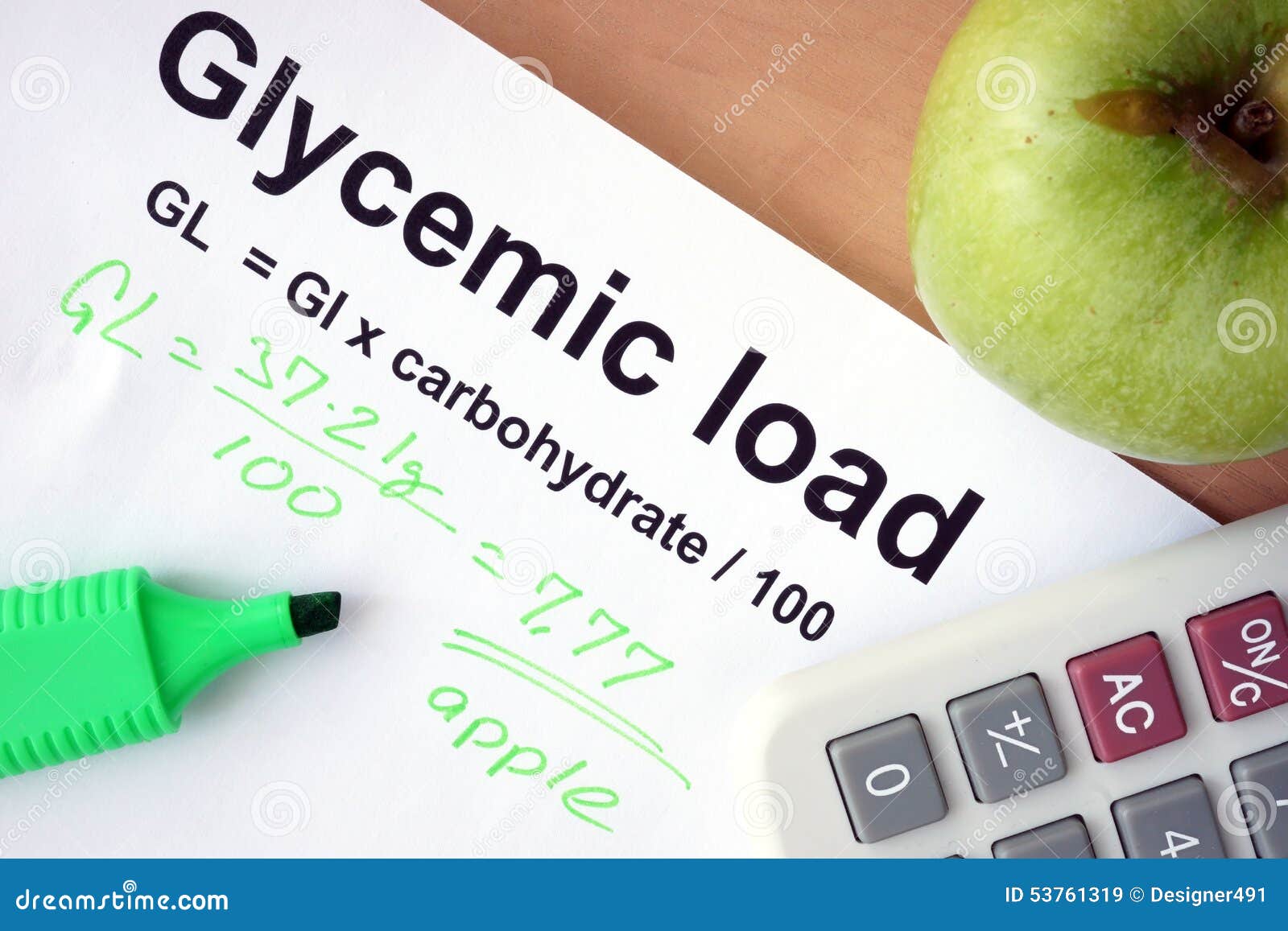
Glycemic Index vs. Glycemic Load: What’s the Difference?
While both glycemic index (GI) and glycemic load (GL) are related to blood sugar impact, they measure different aspects of food’s effect on glucose levels.
- Glycemic Index: Measures how quickly a food raises blood sugar levels compared to pure glucose
- Glycemic Load: Considers both the GI and the amount of carbohydrates in a serving of food
Can a food have a high GI but a low GL? Yes, watermelon is a perfect example. It has a high GI of 80, but due to its low carbohydrate content (mostly water), its GL is relatively low.
Key Differences:
- GI is fixed for a food, while GL varies based on portion size
- GL provides a more practical measure for meal planning
- GL is more useful for understanding the overall impact of a meal on blood sugar
How to Calculate Glycemic Load: Step-by-Step Guide
Calculating glycemic load is straightforward once you have the necessary information. Here’s the formula:
GL = (GI * carbs) / 100
Where:
- GL = Glycemic Load
- GI = Glycemic Index
- carbs = grams of carbohydrates in the serving
To calculate GL, follow these steps:
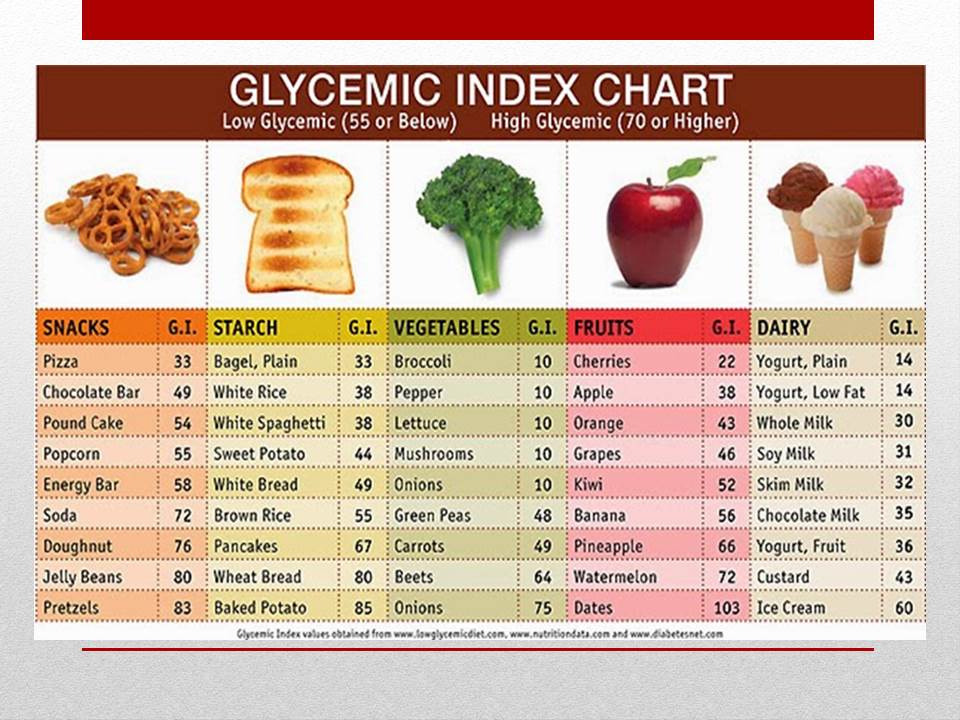
- Determine the glycemic index of the food (use a GI database or calculator)
- Find out the carbohydrate content of the serving (check food labels or nutritional databases)
- Multiply the GI by the carbohydrate content
- Divide the result by 100
Example Calculation:
Let’s calculate the GL for a 100g serving of watermelon:
- GI of watermelon = 80
- Carbohydrate content = 7g per 100g
GL = (80 * 7) / 100 = 5.6
This result indicates that watermelon has a low glycemic load despite its high glycemic index.
The Glycemic Load Calculator: Simplifying GL Calculations
A glycemic load calculator is a convenient tool that automates the GL calculation process. To use it effectively, you need to input two key pieces of information:
- The glycemic index of the food
- The amount of carbohydrates in the serving
How accurate are glycemic load calculators? While they provide a good estimate, it’s important to note that individual responses to foods can vary. Factors such as food preparation methods, ripeness of fruits, and individual metabolism can influence the actual glycemic response.

Benefits of Using a GL Calculator:
- Saves time on manual calculations
- Reduces the risk of mathematical errors
- Allows for quick comparison of different foods
- Helps in meal planning for blood sugar management
Low Glycemic Load Foods: Making Healthy Choices
Understanding which foods have a low glycemic load can help in making healthier dietary choices. Generally, a glycemic load of 10 or lower is considered low.
Characteristics of Low GL Foods:
- Often have a low glycemic index
- May be high in fiber, which slows digestion and glucose absorption
- Usually contain a moderate amount of carbohydrates per serving
What are some examples of low glycemic load foods?
- Non-starchy vegetables (e.g., broccoli, spinach, bell peppers)
- Berries (e.g., strawberries, blueberries)
- Nuts and seeds
- Legumes (e.g., lentils, chickpeas)
- Some whole grains (e.g., quinoa, barley)
How can incorporating low GL foods benefit health? Low GL foods can help stabilize blood sugar levels, reduce insulin spikes, and contribute to better weight management and overall metabolic health.
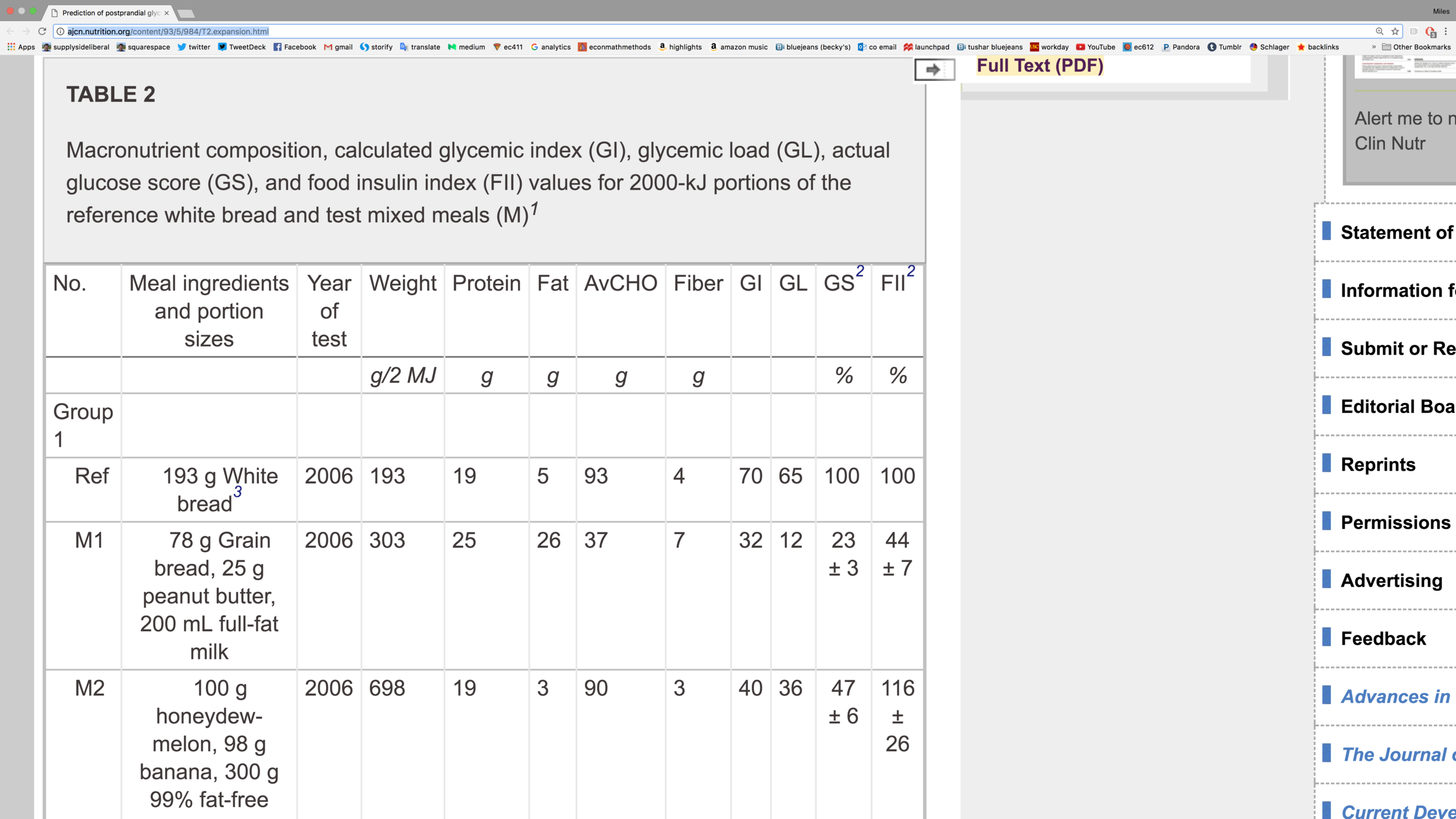
High Glycemic Load Foods: When to Limit Consumption
Foods with a glycemic load of 20 or higher are considered high GL foods. While these foods aren’t inherently harmful, frequent consumption may lead to rapid blood sugar spikes and subsequent crashes.
Characteristics of High GL Foods:
- Often have a high glycemic index
- Usually contain a large amount of rapidly digestible carbohydrates
- May be processed or refined foods
What are some common high glycemic load foods?
- White bread and bagels
- Sugary breakfast cereals
- White rice
- Potato chips
- Sweetened beverages
Should high GL foods be completely avoided? Not necessarily. The key is moderation and balance. High GL foods can be part of a healthy diet when consumed in appropriate portions and combined with low GL foods to mitigate blood sugar spikes.
Practical Applications of Glycemic Load in Diet Planning
Understanding glycemic load can be a valuable tool in creating balanced meal plans and managing blood sugar levels. Here are some practical ways to apply GL knowledge in everyday eating:

Meal Balancing:
How can you balance high and low GL foods in a meal? Pair high GL foods with proteins, healthy fats, or fiber-rich vegetables to slow down digestion and reduce the overall glycemic impact of the meal.
- Example: If having white rice (high GL), pair it with grilled chicken and a large serving of mixed vegetables.
Portion Control:
Can you still enjoy high GL foods? Yes, by controlling portion sizes. Smaller portions of high GL foods will have less impact on blood sugar levels.
- Tip: Use smaller plates or measure servings to help with portion control.
Snack Choices:
What are some good low GL snack options?
- Apple slices with almond butter
- Greek yogurt with berries
- Hummus with vegetable sticks
- A small handful of mixed nuts
Glycemic Load and Exercise:
How can athletes use GL information? Understanding GL can help athletes choose appropriate pre and post-workout foods to maintain energy levels and aid recovery.
- Pre-workout: Low to moderate GL foods for sustained energy
- Post-workout: Moderate to high GL foods to replenish glycogen stores
By incorporating GL knowledge into meal planning, individuals can create balanced diets that support stable blood sugar levels, sustained energy, and overall health.

Limitations and Considerations of Glycemic Load
While glycemic load is a useful tool for understanding the impact of foods on blood sugar, it’s important to recognize its limitations and consider other factors that influence overall health and nutrition.
Individual Variations:
Does everyone respond the same way to GL? No, individual responses to foods can vary based on factors such as:
- Metabolism
- Insulin sensitivity
- Overall health status
- Physical activity level
Food Combinations:
How does combining foods affect GL? The glycemic load of a meal can be different from the sum of its parts. Eating foods together can alter the overall glycemic response.
- Example: Adding fat or protein to a high GL carbohydrate can lower the overall glycemic impact of the meal.
Other Nutritional Factors:
Is GL the only consideration for a healthy diet? No, other important factors include:
- Overall nutrient density
- Fiber content
- Vitamin and mineral composition
- Presence of beneficial phytochemicals
Glycemic Load and Weight Management:
Can focusing on GL alone guarantee weight loss? While choosing low GL foods can support weight management, it’s not a standalone solution. Calorie balance, physical activity, and overall dietary pattern are equally important.
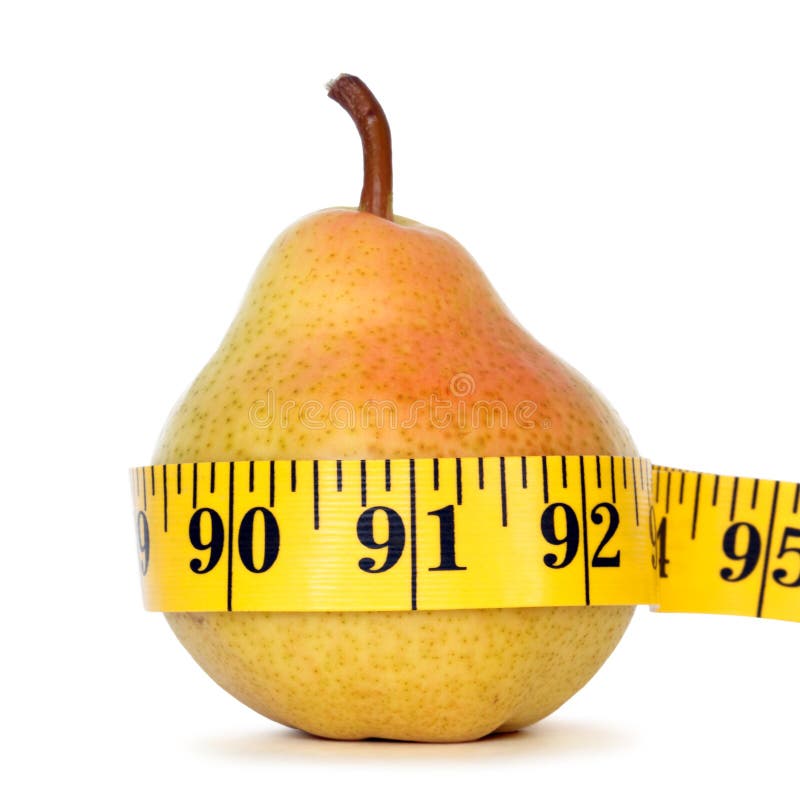
Glycemic Load in the Context of Whole Foods:
How does processing affect GL? Whole, unprocessed foods often have a lower GL than their processed counterparts due to higher fiber content and complex carbohydrate structures.
- Example: Whole wheat bread typically has a lower GL than white bread.
Understanding these limitations and considerations can help individuals use glycemic load information more effectively as part of a comprehensive approach to nutrition and health.
Glycemic Load and Chronic Disease Prevention
Research suggests that paying attention to glycemic load may play a role in preventing and managing various chronic diseases. Let’s explore some of these potential health benefits:
Diabetes Management:
How can GL help in diabetes management? Choosing low GL foods can help maintain stable blood sugar levels, which is crucial for people with diabetes or at risk of developing the condition.
- Benefit: Improved glycemic control
- Potential outcome: Reduced need for medication in some cases
Cardiovascular Health:
Can GL impact heart health? Some studies suggest that a diet with a lower overall glycemic load may contribute to better cardiovascular health.
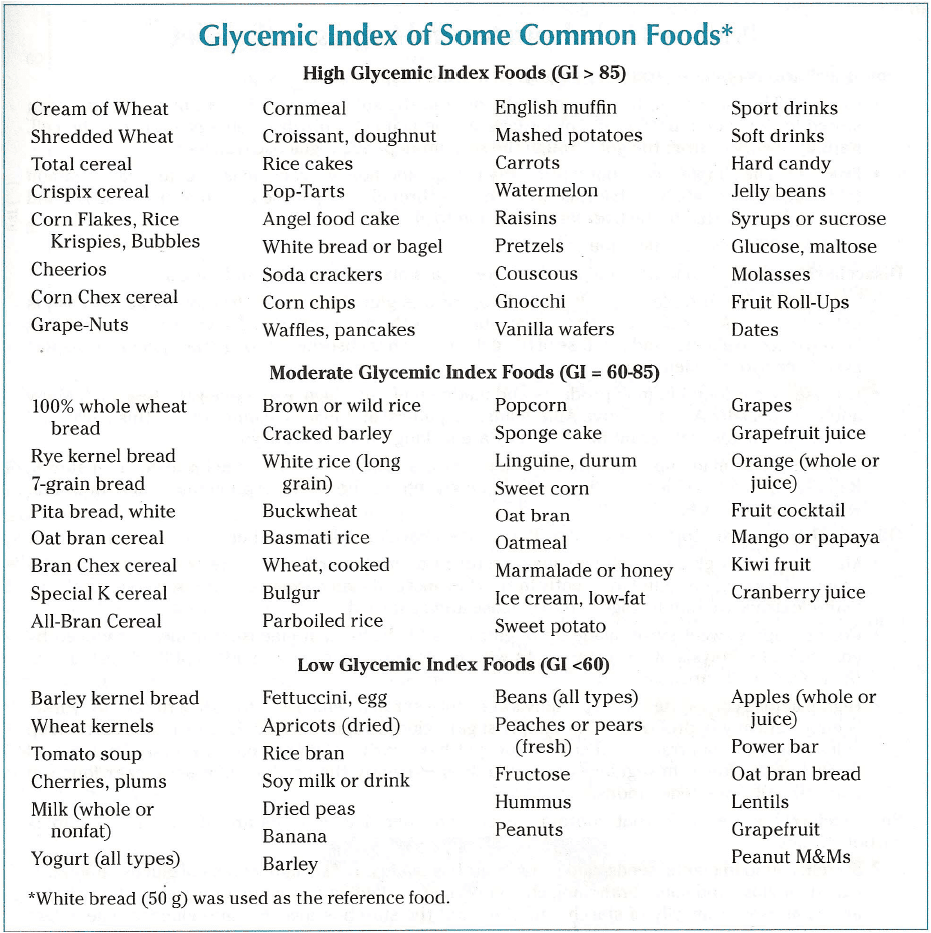
- Potential benefits: Improved lipid profile, reduced inflammation
Weight Management:
How does GL relate to weight management? Foods with a lower GL tend to be more satiating, which may help in controlling appetite and managing weight.
- Benefit: Better hunger control
- Potential outcome: Easier weight maintenance or loss
Cancer Risk:
Is there a link between GL and cancer risk? Some research suggests that diets with a lower glycemic load may be associated with a reduced risk of certain types of cancer, though more studies are needed to confirm this relationship.
Cognitive Function:
Can GL affect brain health? Emerging research indicates that a diet with a lower glycemic load may support better cognitive function, especially in older adults.
- Potential benefit: Improved memory and cognitive performance
While these potential health benefits are promising, it’s important to note that glycemic load is just one aspect of a healthy diet. A balanced approach that considers overall nutritional quality, portion sizes, and individual health needs is crucial for optimal health outcomes.
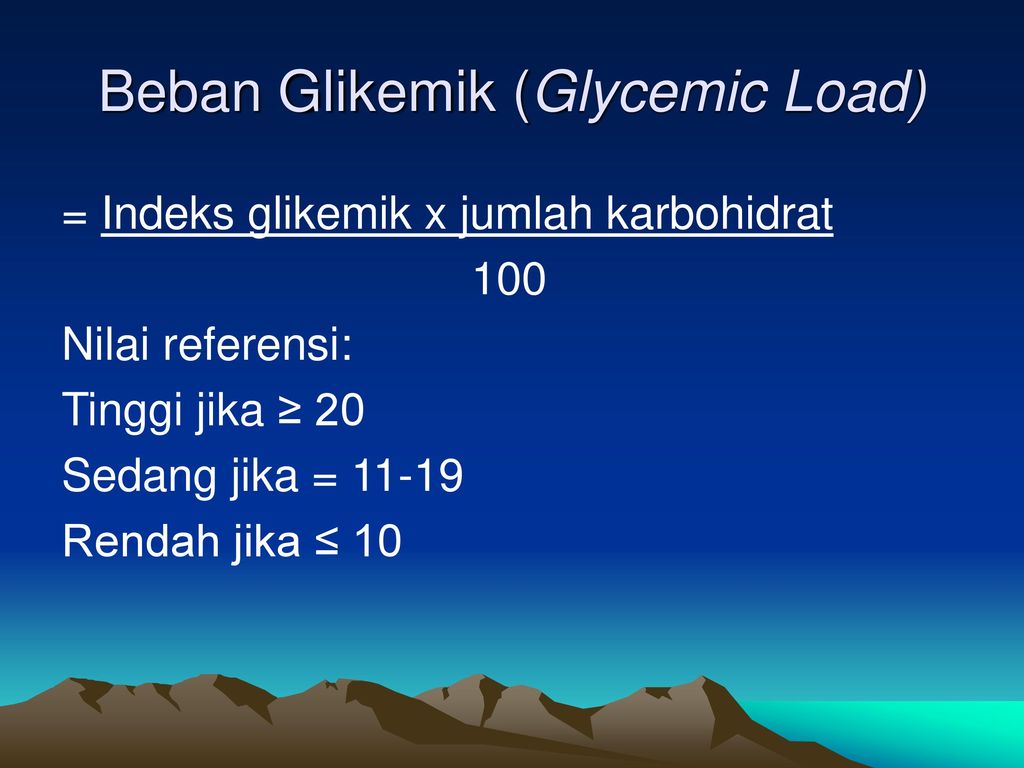
Glycemic Load Calculator
Created by Joanna Michałowska, PhD candidate and Łucja Zaborowska, MD, PhD candidate
Reviewed by Bogna Szyk and Jack Bowater
Based on research by
Vlachos D, Malisova S, Lindberg FA, Karaniki G. “Glycemic Index (GI) or Glycemic Load (GL) and Dietary Interventions for Optimizing Postprandial Hyperglycemia in Patients with T2 Diabetes: A Review.“ Nutrients (May 2020)See 2 more sources
Vega-López S, Venn BJ, Slavin JL. “Relevance of the Glycemic Index and Glycemic Load for Body Weight, Diabetes, and Cardiovascular Disease.“ Nutrients (September 2018)Public Health England “National Diet and Nutrition Survey“ (Accessed December 21, 2021)
Last updated: Jun 05, 2023
Table of contents:
- What is glycemic load – glycemic load definition
- Glycemic index vs glycemic load
- How to calculate glycemic load
- Glycemic load calculator – how does it work?
- Low and high glycemic load foods
This glycemic load calculator does exactly what the name suggests – it estimates the glycemic load of food products. Similarly to the glycemic index calculator, glycemic load is a number that estimates how much a person’s blood sugar level will rise after eating a specific food. Read the article below to find out how to calculate glycemic load, its definition, and low and high glycemic load foods. You will also find the more comprehensive explanation for the difference between glycemic index vs glycemic load.
Similarly to the glycemic index calculator, glycemic load is a number that estimates how much a person’s blood sugar level will rise after eating a specific food. Read the article below to find out how to calculate glycemic load, its definition, and low and high glycemic load foods. You will also find the more comprehensive explanation for the difference between glycemic index vs glycemic load.
If you are interested in the glycemic load calculator, please check out this insulin dosage calculator, which calculates mealtime insulin dose.
What is glycemic load – glycemic load definition
Glycemic load, just like glycemic index, is a number that estimates how much a person’s blood glucose level will rise by after eating a specific food product. Individuals with diabetes (estimate the risk of developing it with the diabetes risk calculator) will find this tool especially useful, as it can help control the disease and it’s complications.
Glycemic load depends on:
- How much carbohydrate is in the food – to be calculated with carb calculator; and
- How much each gram of carbohydrate in the food raises blood glucose levels.
 You may estimate the glucose levels in different units with the blood sugar converter.
You may estimate the glucose levels in different units with the blood sugar converter.
Glycemic index vs glycemic load
You hopefully now know the answer to the question “What is glycemic load?”, but what is the difference between glycemic index vs glycemic load?
Glycemic load is more reliable than the glycemic index (GI) alone because it takes into account the amount of carbohydrate in the portion of food, together with how quickly it raises blood glucose levels (which is determined by GI value).
Example:
Watermelon has a high GI, but an average serving of watermelon does not contain many carbohydrates (because it mainly consists of water). Therefore, despite the high GI, the glycemic load of this food product is low.
How to calculate glycemic load
Glycemic index must be determined in laboratory conditions for each and every food, while glycemic load uses GI value and is determined using the following formula:
GL = GI * carbs / 100
where:
As you can see, you need to know the glycemic index of the food product to perform this calculation. You can find it using our glycemic index calculator or a specific GI tables and databases. To find out how many carbohydrates are in your food, you can check the food label or search for it in a nutritional database.
You can find it using our glycemic index calculator or a specific GI tables and databases. To find out how many carbohydrates are in your food, you can check the food label or search for it in a nutritional database.
Glycemic load calculator – how does it work?
Using the glycemic load calculator is simple. You need to know only two variables:
Here is a practical example:
Let’s use watermelon as our first example. This fruit has a glycemic index of 80, which is classified as high. A 100 gram serving of it contains 7 grams of carbohydrates (based on NDNS data). Let’s calculate the glycemic load:
GL = GI * carbs / 100GL = 80 * 7 / 100GL = 5.6To make sure that everything is clear, let’s try to calculate the glycemic load of another food product – pasta. The GI of white spaghetti is 45, which is classified as low. Let’s use the average portion size of 172 grams, which contains 54 grams of carbohydrates (based on NDNS data), in our calculations:
GL = GI * carbs / 100GL = 45 * 54 / 100GL = 24. 3
3
What do those results mean? Check the section below and find out what are high and low glycemic load foods.
Low and high glycemic load foods
Now you know the glycemic load definition, but how to interpret the results?
Low glycemic load foods:
- If one serving of food has a glycemic load of 10 or lower, it is considered low;
- A typical serving size of foods with a low glycemic load almost always has a low glycemic index; and
- Foods that have a low glycemic index, but have a lot of carbohydrates in their portion size, can have a high glycemic load (as shown in our pasta example).
High glycemic load foods:
- A glycemic load of 20 or higher is considered high; and
- Foods with a high glycemic index do not necessarily have a high glycemic load (as shown in the watermelon example).
Medium glycemic load foods:
- A glycemic load between 11 and 19 is considered medium.

Joanna Michałowska, PhD candidate and Łucja Zaborowska, MD, PhD candidate
Glycemic index
Carbs in the portion
Glycemic load
Check out 10 similar diabetes calculators 💉
Blood sugar converterDiabetes riskDiabetic ketoacidosis… 7 more
How to Calculate Glycemic Load
Whereas calculating the glycemic index requires human clinical trials, the glycemic load is a little simpler to determine. As long as you have some key pieces of information, you can calculate the glycemic load number and then see whether that number fits into the low, medium, or high category.
Doing the math
The glycemic load uses a specific calculation. So as long as you know the glycemic index of a food and the grams of available carbohydrates (total carbohydrate minus fiber) in that food, you can figure out that food’s glycemic load. Here’s the calculation:
Glycemic index x Grams of carbohydrates / 100
Try working out the calculation for a 1/2-cup serving of raw carrots, which have about 8. 6 grams of available carbohydrates and a glycemic index of 45. (Note: Numbers are rounded for simplicity’s sake. Feel free to do the same in your own calculations.)
6 grams of available carbohydrates and a glycemic index of 45. (Note: Numbers are rounded for simplicity’s sake. Feel free to do the same in your own calculations.)
45 x 8.6 = 387 / 100 = 3.9 glycemic load
Want to calculate the glycemic load of instant white rice instead? Well, a portion size of around 2/3 cup of white rice has about 36 grams of available carbohydrates and a glycemic index of 72. Here’s the math:
72 x 36 = 2,592 / 100 = 26 glycemic load
To find the amount of available carbohydrates in packaged foods, simply check the nutrition facts label.
Figuring out what the numbers mean
Knowing how to calculate the glycemic load of a food is great, but it’s not quite enough. The end measurement is what’s most important to know. Similar to the glycemic index, the glycemic load is measured as low, medium, and high, rankings that help you determine your best choices for realistic portion sizes.
The measurements for glycemic load are as follows:
Low: 10 or less
Medium: 11 to 19
High: 20 or more
After you know the glycemic load of a food, think of these rankings and plop your food into place. You know that carrots have a glycemic load of 3.9. That’s less than 10, so carrots have a low-glycemic load. White rice, with its glycemic load of 26, has a high glycemic load because 26 is greater than 20.
When you don’t have time to calculate the glycemic load and match it up with the right measurement, keep in mind that foods with the least amount of carbohydrates (think vegetables and fruits) tend to have a lower-glycemic load than starchy foods (such as rice and pastas).
Factoring in portion sizes
Perhaps one of the greatest beauties of the glycemic load is that researchers have embraced it as the main standard of measurement, which means it’s already calculated for you in most any glycemic index list. Three cheers for not having to drag a calculator with you everywhere you go!
Three cheers for not having to drag a calculator with you everywhere you go!
The variable in this info, however, is portion size. If you’re eating more or less than the portion size stated in the list you’re looking at, you need to account for possible fluctuations in the glycemic load.
Consider the following different portion sizes of jasmine rice:
| Portion Size | Glycemic Load |
|---|---|
| 1/2 cup | 35 |
| 2/3 cup | 46 |
| 1 cup | 70 |
You can clearly see how the different portion sizes have a dramatic impact on the glycemic load. The higher the portion size, the greater the glycemic load will be. You can also see that, regardless of the calculation, the glycemic load for jasmine rice is so high that this food item isn’t going to dip into the medium or low category very easily.
To see what happens in the case of a food that borders on being low-glycemic, take a look at brown rice, which has a glycemic index of 50:
| Portion Size | Glycemic Load |
|---|---|
| 1/2 cup | 12. 5 5 |
| 2/3 cup | 16 |
| 1 cup | 26 |
The smaller portion size still doesn’t bring the glycemic load of brown rice down to a low level, but it does keep it within the medium range. Increasing the portion size raises the glycemic load to the high level.
Last but not least, check out what happens to the glycemic load when you play with the portion size of a low-glycemic food such as kidney beans, which have a glycemic index of 34:
| Portion Size | Glycemic Load |
|---|---|
| 1/2 cup | 6 |
| 2/3 cup | 7 |
| 1 cup | 13 |
In this case, the two smaller portion sizes fall into a low-glycemic load, and the larger one moves into the medium range.
Just knowing the portion size will help you determine how much to eat. If the portion used is 2/3 cup and that food ends up being low-glycemic, you know you can easily eat that amount or less.
Of course, determining glycemic load based on portion size isn’t an exact science, so sticking to low- to medium-glycemic foods within a reasonable amount is just fine. The beauty of this tactic for weight loss is that it keeps you eating portion sizes within a good calorie range.
Limiting your rice servings to 1/3 to 2/3 of a cup is a great place to be. If you increase that portion size to 1 to 2 cups, then you begin to not only increase your glycemic load but also your calorie intake.
Glycemic load. How to calculate the glycemic load
Daily calorie content has long been not the only characteristic of food. It is important to know not only the energy value and count calories, but also be able to assess the qualitative composition of the diet: how useful is this or that food?
In this article, we will analyze what the glycemic load means and what practical value it gives. You will find a complete table of the glycemic load of foods and learn how to calculate it correctly on your own.
Glycemic load: why know about it?
To assess the impact of carbohydrates on the human body, the following parameters are used:
- Insulin index;
- Glycemic index;
- Glycemic load.
The insulin index characterizes the body’s insulin response to carbohydrate foods. The glycemic index reflects the degree of increase in blood sugar, but has its own characteristics of use.
The glycemic load of foods is a parameter that has recently appeared in nutrition. It allows you to determine the actual carbohydrate load, given the amount of food eaten. This parameter is usually used to assess the correct diet.
How to calculate the glycemic load
The glycemic load formula looks like this:
GL = GI * amount of carbohydrates per serving / 100
where: GL – glycemic load
GI – glycemic index
This formula is presented on the official website of the Glycemic Index Foundation (Australia). However, in Runet there are various, sometimes very free, interpretations of this formula.
However, in Runet there are various, sometimes very free, interpretations of this formula.
7 simple ways to prolong your life and keep your health up to 90+ years
Natalya Zubareva
Physician, nutritionist, author of 3 best-selling dietary books
A healthy person is a happy person, which is why it is so important to take care of your health and nutrition. We have compiled a selection of useful materials, documents and checklists to help you, which have proven their effectiveness.
And yes, it’s free! We sincerely want to help you improve your health and become happier through nutritional correction:
As can be seen from the formula, to calculate the value of the glycemic load, you need to know the glycemic index of foods, the carbohydrate content in a particular product, and the weight of the portion eaten. You can learn more about making a healthy daily diet on the Nutrition Blog.
A low glycemic load is considered to be numbers up to 10, while some foods can have values \u200b\u200beven less than 1, and a high glycemic load – more than 20 once.
Glycemic load norm
According to official recommendations, the glycemic load should not exceed 100 per day. Most nutritionists and nutritionists recommend sticking to a menu with a daily glycemic load of 60-80. Such a load is easily achievable when there are no snacks in the diet. People on a diet may be recommended to eat with a daily glycemic load of about 35.
What to use in practice: GN or GI?
People who do not have chronic diseases can use any of these indicators. However, in the presence of diabetes, it is recommended to use the glycemic index in calculations, because. it gives more information about the quality content of carbohydrates. At the same time, the average daily GI in the range of 40-45 should be considered as a guideline.
Demo lessons on the program “Nutritsiology”
Get access
Food Glycemic Load Table
Below is a complete table of the glycemic load of products. For ease of practical use, the table shows the load for a portion weighing 100 grams. At the same time, it is worth remembering that the glycemic load may vary depending on the variety and place of growth (for vegetables and fruits), because. depends on the actual carbohydrate content.
For ease of practical use, the table shows the load for a portion weighing 100 grams. At the same time, it is worth remembering that the glycemic load may vary depending on the variety and place of growth (for vegetables and fruits), because. depends on the actual carbohydrate content.
Table “Glycemic load”.
Product name
|
| |
Apricot | 35 | 3.6 |
Avocado | 10 | 0.8 |
A pineapple | 65 | 7.6 |
Orange | 35 | 2. |
Banana | 60 | 12.6 |
White bread | 95 | 47.2 |
Broccoli | 10 | 0.6 |
Grape | 40 | 7 |
Buckwheat | 40 | 27.2 |
Pear | thirty | 3.2 |
Melon | 60 | 5.4 |
Fresh green peas | 40 | 5.8 |
Zephyr | 65 | 50 |
Greek yogurt (no sugar) | 15 | 0. |
vegetable marrow | 15 | 0.5 |
White cabbage | 10 | 0.6 |
Cauliflower | 15 | 0.6 |
Potato | 65 | 12.8 |
Bulb onions | 15 | 1.4 |
Pasta | 85 | 64 |
Semolina | 83 | 60.8 |
Milk | thirty | 1.4 |
Carrot | 35 | 3.3 |
Instant oatmeal | 66 | 43 |
Cucumber | 15 | 0. |
Bulgarian pepper | 15 | 0.7 |
Pearl barley | 25 | 16.6 |
Millet | 62 | 43 |
Parsley | 5 | 0.3 |
Tomato | thirty | 1.2 |
Radish | 15 | 0.5 |
Rice | 85 | 47.7 |
Sugar | 70 | 69.8 |
Sour cream 20% | 56 | 2 |
Glazed curd | 70 | 21 |
Pumpkin | 75 | 6 |
Garlic | thirty | 6. |
Black bread | 55 | 22 |
Lentils | 25 | 16 |
Dates | 140 | 97 |
As we can see from the table, there is a direct correlation between GI and GN, with some exceptions. Therefore, in the absence of diseases associated with metabolic disorders, any of them can be used to evaluate your diet daily.
Material based on research:
Nutritional Aspects of Essential Trace Elements in Oral Health and Disease: An Extensive Review
Iron Deficiency Anemia: A Common and Curable Disease
Molybdenum Deficiency – an overview | Science Direct Topics
Chromium Deficiency – an overview | Science Direct Topics
Vitamin B12 Deficiency – StatPearls – NCBI Bookshelf
Guide “10 symptoms that indicate a deficiency of vitamins in the body”
Free download
Related categories:
- All articles
- Nutrition
- Coaching
- Sexology
- Psychology
- Interior design
- Expert.
 PRO
PRO
How to regulate your glycemic load and why it’s important
Health
The word “glycemia” comes from a combination of the Greek words “sweet” and “blood” and means the level of glucose (sugar) in the blood. The concepts of “glycemic load” and “glycemic index” have a similar effect on this indicator.
Glycemic index (GI) is an indicator that reflects the effect of a particular product on changes in blood glucose levels. GI is measured based on a serving containing 50 g of carbohydrates – the total weight of the product itself is unimportant. The standard with a glycemic index = 100 is 50 g of pure glucose.
When glucose enters the bloodstream, it starts producing insulin, a hormone that helps the body’s cells take up glucose for energy. The higher the GI of the foods consumed, the sharper and faster the glucose drops, which upsets the balance of this complex system. Low GI foods rule (45-55 and below), because such carbohydrates are converted into energy more slowly, and we have time to spend it without needing constant injection of “fast” carbohydrates.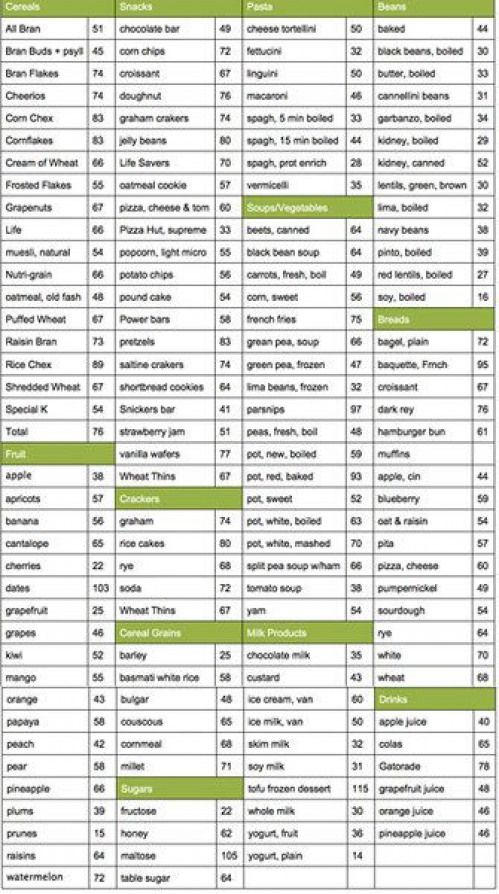
Unlike the GI, the glycemic load (GL) index takes into account not only the quality of carbohydrates eaten, but also the quantity. GL is calculated by the formula: GI multiplied by the amount of carbohydrates in 100 grams of the product and divided by the serving size. For example, the GL hidden in 100 grams of watermelon: 72 x 8: 100 g = 5.6.
The higher the glycemic load, the higher the blood sugar will jump, triggering an insulin attack. 20 or more is considered high GN, from 11 to 19 inclusive – medium, from 11 and below – low. At the same time, not only the load of individual products is important, but also the total indicator. The GL of the daily diet of a healthy person should not exceed 100 units. When losing weight or diabetic nutrition in order to normalize insulin levels, GN is good no more than 60-80 units per day.
How to adjust your glycemic load and train your body to run smoothly without unhealthy blood sugar spikes, explains nutritionist and author of My Food is Health Brigid Titgemeier. Here’s what to do:
Here’s what to do:
1. Sleep well and develop stress resistance
This is not an American discovery, but it is not a fact that should be ignored because of its obviousness. Sleep quality affects metabolism and glycemic regulation. Very much. While we sleep, the body repairs itself by stabilizing hormone levels and insulin sensitivity. Sleep deprivation is directly linked to weight gain and the risk of type 2 diabetes.
Rest and recovery are critical to eliminating unhealthy food cravings. Lack of sleep increases the production of the hunger hormone ghrelin and reduces the level of the satiety hormone leptin, which ultimately leads to impulsive selection of high GI foods in order to quickly eat something tasty.
Stress provokes an increase in the production of cortisol, adrenaline and glucocorticoids, which mobilize the body to quickly solve pressing problems, without thinking about the overall benefit. In addition, the stress response inhibits the activity of other hormones, in particular insulin, prompting the body to consume more to get the energy it needs. This is how the “stress eating” mechanism works. At the same time, it is not necessary to want sweets, you can just chew everything in a row, pumping up the production of glucose.
This is how the “stress eating” mechanism works. At the same time, it is not necessary to want sweets, you can just chew everything in a row, pumping up the production of glucose.
Over time, chronic stress accustoms the body to high blood sugar levels, and as a result, cells become less sensitive to insulin signals – insulin resistant. Instead of starting energy production by burning fat cells, the body will require new portions of food, which is fraught not only with high blood glucose levels, but also with fat deposits that are not used in business.
2. Limit Added Sugar
One of the quickest ways to spike your blood glucose is to eat a food that contains added sugar. Among other consequences, including an early opportunity to get hungry again, excess sugar depletes the level of antioxidants and accelerates oxidative processes. Limiting sweets (set a goal of no more than a spoonful of sugar a day) and a diet rich in antioxidants help reduce free radical damage and protect against oxidative stress.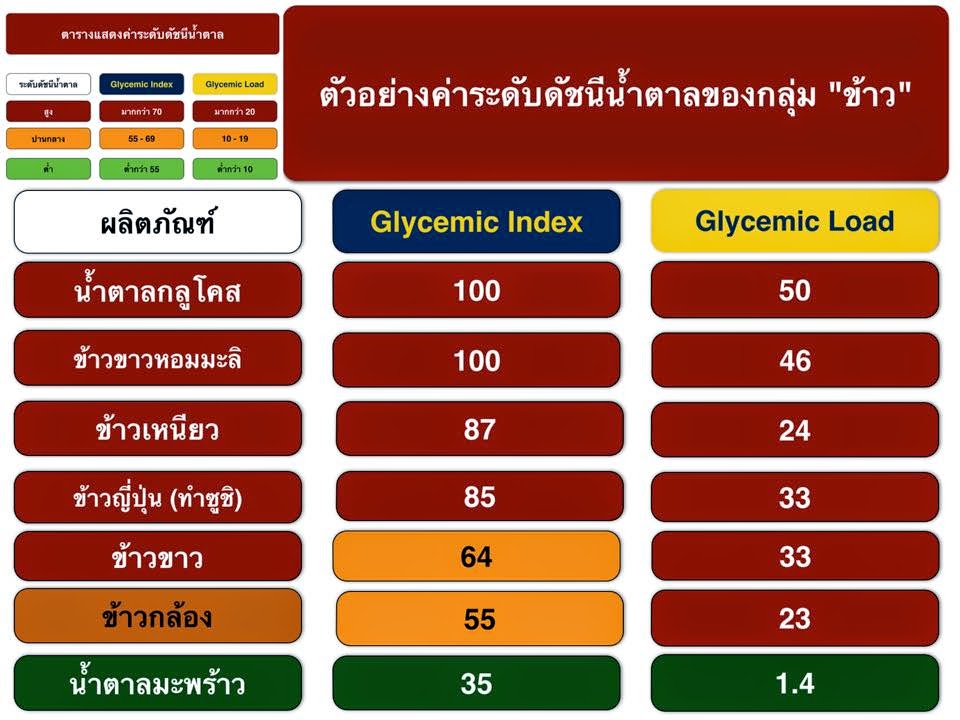
3. Follow the optimal plate method
Avoid sugary drinks, processed foods, and refined grains to maintain optimal blood sugar levels. Bet on whole foods – raw and unrefined cereals, legumes, vegetable oils, greens, vegetables, fruits, as well as wild fish, farm eggs, milk, poultry. Key Point: Avoid pairing whole grains with other sources of carbs, such as oatmeal with berries or complex chia seed smoothies.
A balanced combination of ingredients in the “optimal plate” method will help to regulate the glycemic load, feel satisfied after a meal, avoid energy drops and reduce the troubles associated with blood sugar fluctuations. So, we take a large plate and serve, following the given proportions:
a generous half of the dish – non-starchy vegetables: cauliflower, Brussels sprouts, arugula, leafy greens, zucchini, tomatoes;
100-180 grams of high-quality protein: organic chicken or turkey, wild salmon, eggs, organic tofu, lentils;
some healthy fats (1-2 tablespoons): extra virgin olive oil, nuts, seeds, avocado;
handful (optional, optional) of high-fiber or starchy carbohydrates: sweet potatoes, potatoes, parsnips, quinoa, beans, apples, berries.

4. Train your body for fast intervals
Intermittent fasting prevents indiscriminate raids on the refrigerator and helps maintain a stable blood glucose level. Begin the transition to a 12-hour regimen that aims to avoid food and drink (other than water) from 8:00 pm to 8:00 am. Time without food can be increased up to 14-16 hours, but be sure to listen to how the body reacts to such a practice. If you’re in a stressful period, exhausted, exercising intensely, or on a low-carb diet, long periods without food can lead to undesirable consequences.
5. Add Apple Cider Vinegar to Your Menu
Organic Apple Cider Vinegar is a healthy dietary supplement for those looking to balance their glycemic load. It is believed that acetic acid slows down the breakdown of carbohydrates and promotes the gradual conversion of glucose into energy. 1-2 tablespoons in a glass of warm water, or simply as an addition to salad dressing, will help control insulin spikes and, as a result, reduce food cravings.

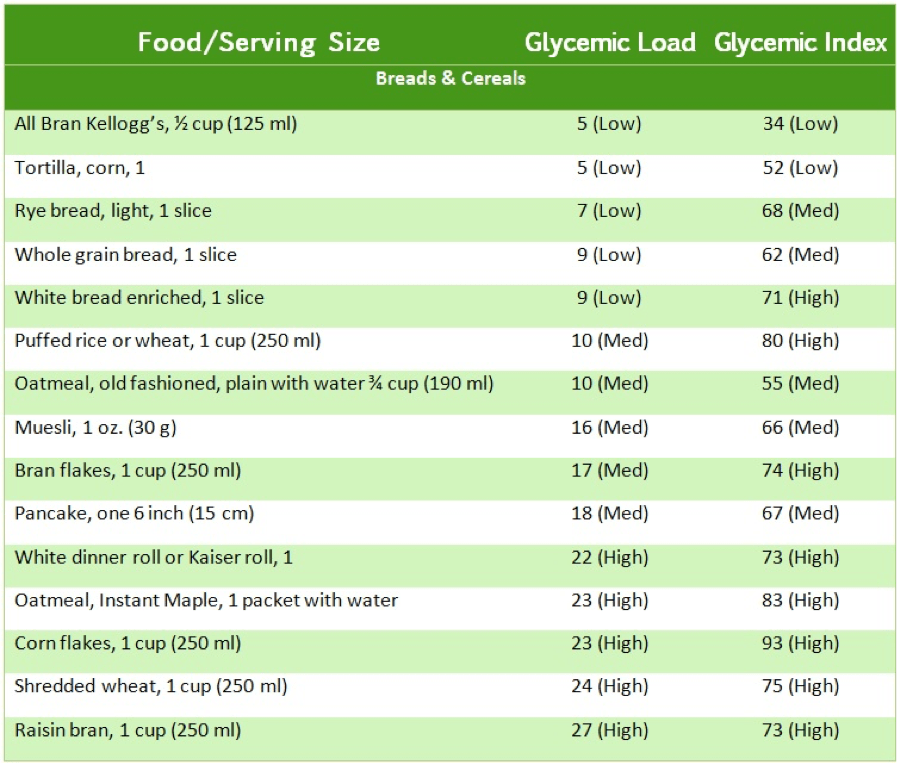 You may estimate the glucose levels in different units with the blood sugar converter.
You may estimate the glucose levels in different units with the blood sugar converter. 3
3
 8
8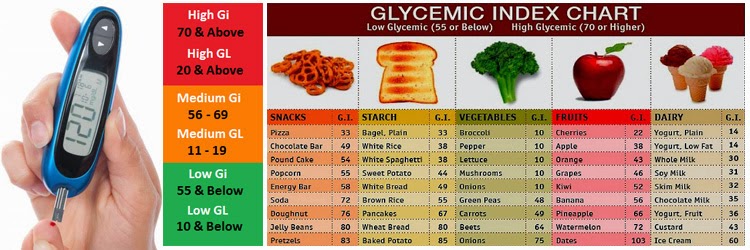 6
6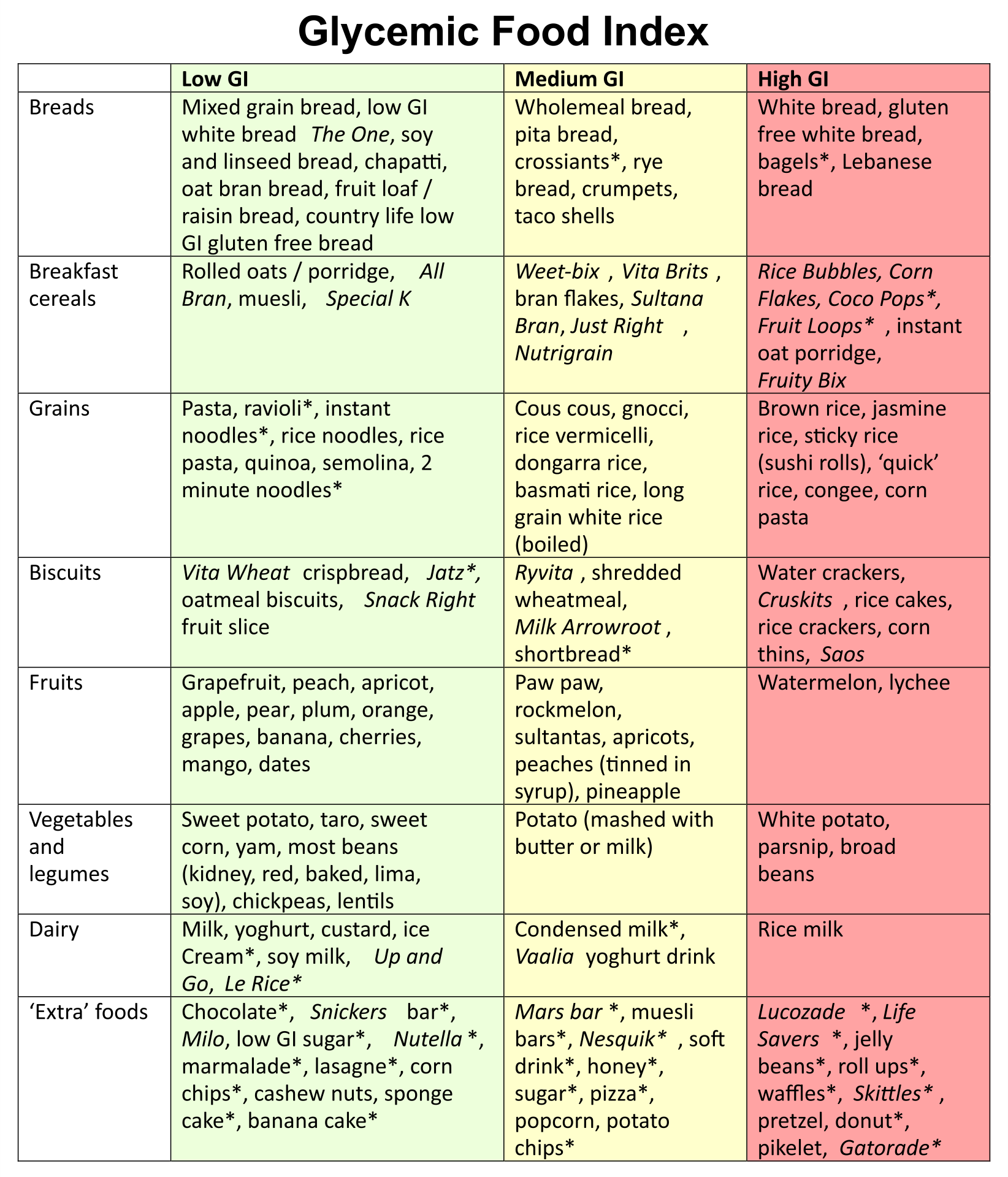 42
42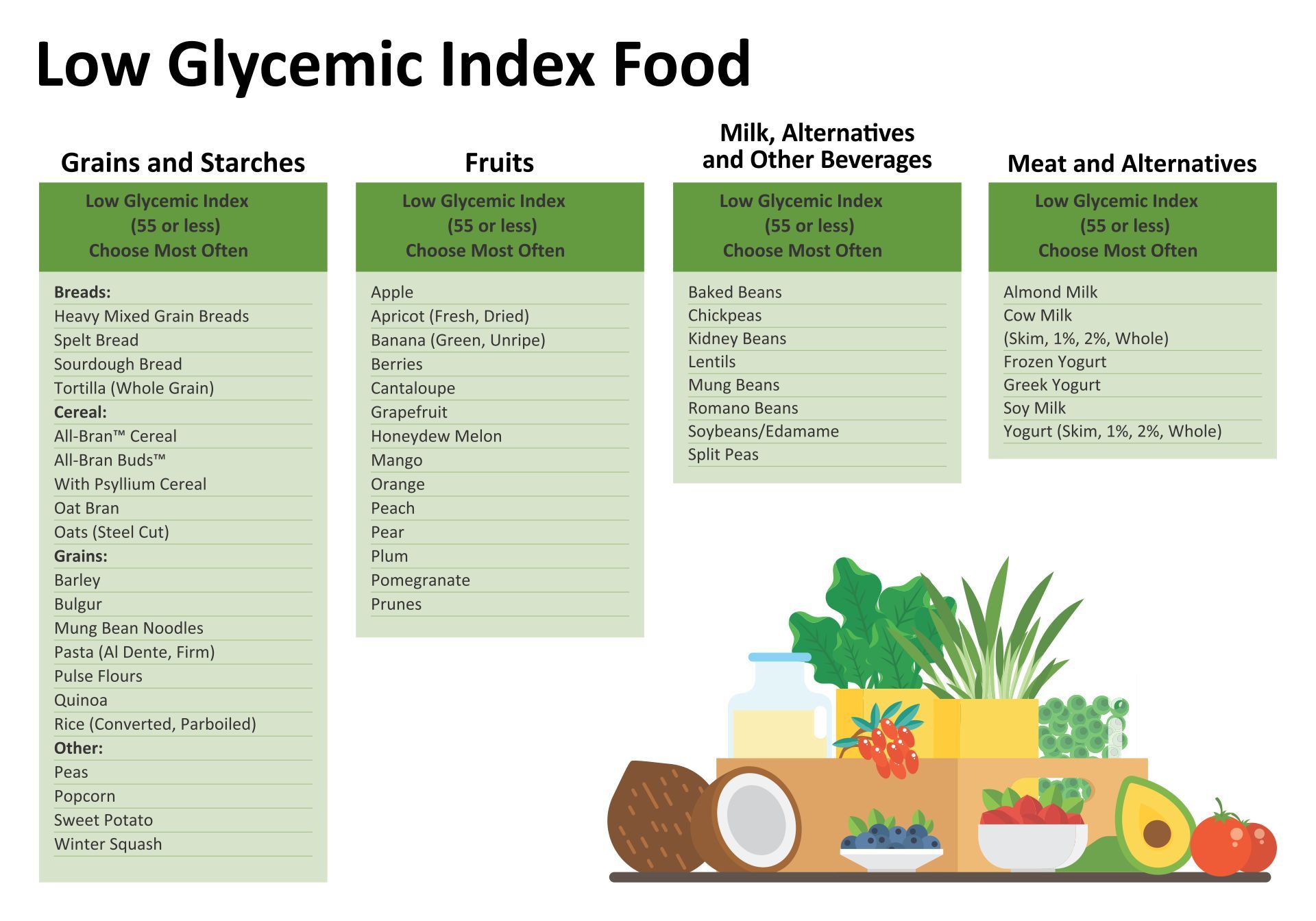 9
9 PRO
PRO